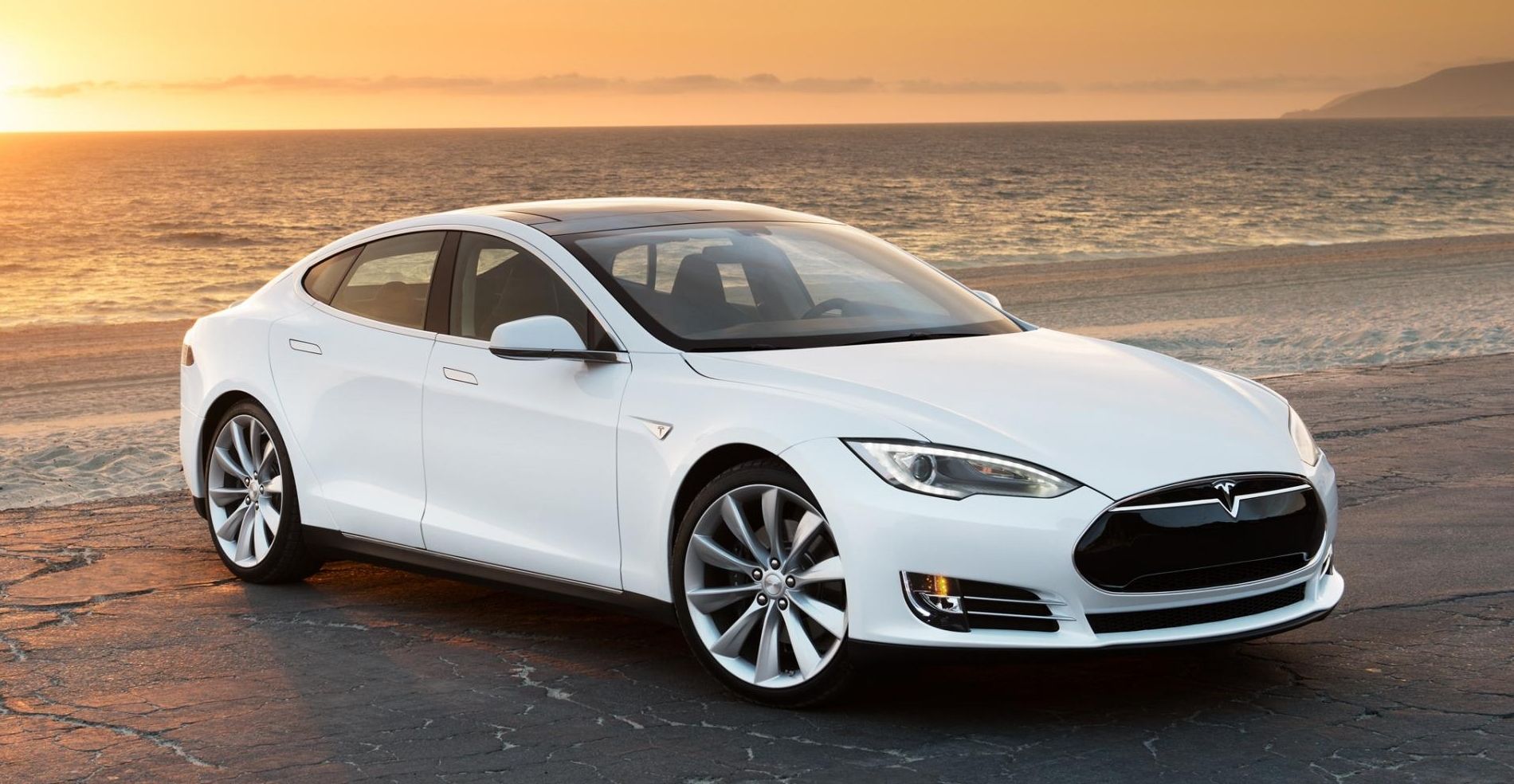Thought by many to be yet another Elon Musk promise that will eventually get delayed -- just like the Model X->ke4202 and the Roadster->ke1843 upgrade – Tesla->ke1842 battery-swapping stations may actually come sooner than initially expected. This is because Tesla announced that starting with the last week of 2014, it will pilot a battery-swapping program with selected Model S owners.
For the time being, the technology->ke1701 will only be available in a specially built facility in Harris Ranch, California, where invited Model S owners will be able to test getting their cars' batteries swapped for "slightly less than a full tank of gasoline for a premium sedan" and only by appointment.
The entire procedure should take around three minutes because the newly-introduced titanium and aluminum battery shields take a little more time to be removed from the car. This is why the battery swap needs about twice as much time as last year's promised (and delivered during a televised Tesla event) 90 seconds. It is still approximately 10 times faster than what it takes to charge a Model S->ke3329 at a Supercharger station, leaving owners to choose in the future if they will prefer faster but pay for it or slower but free, as the press release mentioned.
If the pilot program works out all the potential kinks and the selected customers love it, the entire Supercharger network, which currently sits at 312 stations worldwide, will probably be modified to also offer battery swaps in the future.
Click past the jump to read more about Tesla's new Battery Swap Pilot Program.
Why it matters
In theory, a battery-swapping service that is available at least at each Supecharger station will probably bring even more customers to Elon Musk, as the time needed to recharge a Model S was likely its biggest caveat. Why plug your car for hours or even the half an hour at a Supercharger station when you can be ready to go in the same time it takes to fuel a traditional car? Not to mention that, according to Tesla, it would also cost around the same amount. It kind of makes you wonder why Supercharger stations weren't available with this technology from the beginning.
The truth is that I'm not entirely convinced of the feasibility of this pilot program in the long run for two main reasons. First of all, considering the range of the Model S and the ever-increasing number of Supercharger stations around the world, where it does take up to half an hour of your time but it doesn't cost you anything, investing hundreds of millions of dollars sounds a bit counterproductive for Tesla. It is currently a one-model brand, and the Model X and Model 3 need a lot of R&D money themselves.
Second of all, getting a juiced-up battery instead of charging your own for the price of a gas fill sounds great, but who guarantees that your new battery is newer or the same as your current one? Sure, at some point Tesla said that it will offer the option for owners to keep the newer battery received in the swap for the difference in price, but who and what determines the exact pricing difference? Personally, since Tesla hasn't offered this technology right from the beginning it doesn't make a lot of sense to offer it now; it's are probably better off investing the extra money into finally releasing the Model X and the Model 3, and continue with its so-called "three step plan."

